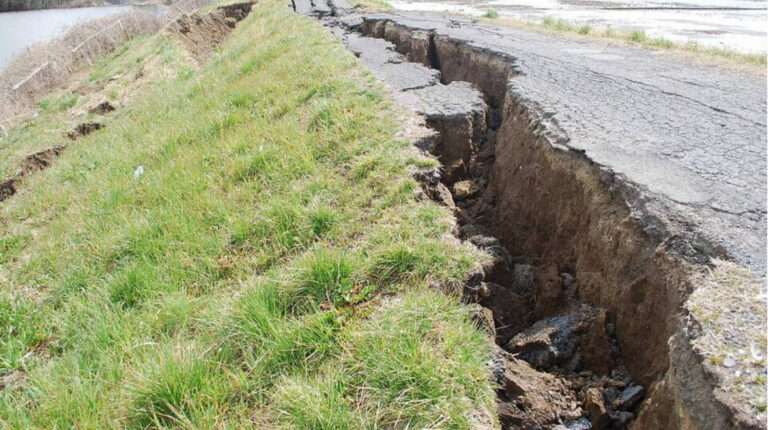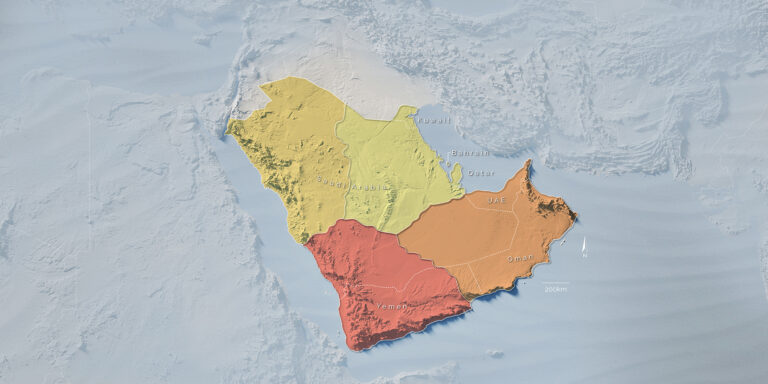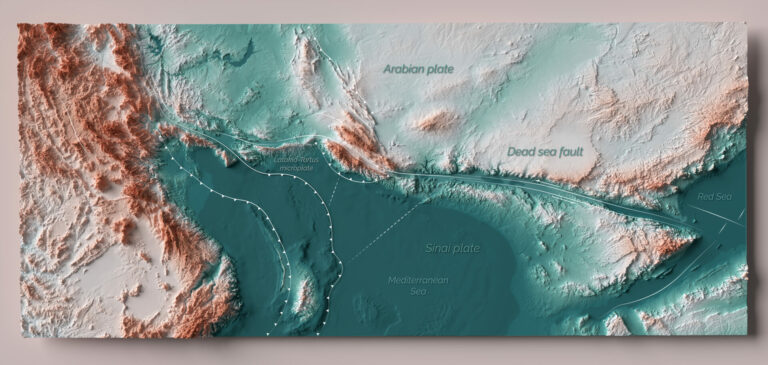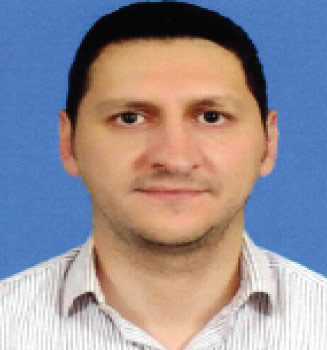Earth Science and Engineering
Predicting the evolution of a pandemic
An extended epidemic model that accounts for uncertainty and the latest data can better predict the evolution of pandemics.

The inclusion of biological uncertainty and the latest case data can significantly improve the prediction accuracy of standard epidemiological models of virus transmission, new research led by KAUST and the Kuwait College of Science and Technology (KCST) has shown.
Modern mathematical epidemic models have been tested like never before during the COVID-19 pandemic. These models use mathematics to describe the various biological and transmission processes involved in an epidemic. However, when such factors are highly uncertain, such as during the emergence of a new virus like COVID-19, the predictions can be unreliable.
“The susceptible-exposed-infected-recovered model, SEIR, is a standard mathematical approach for forecasting the spread of an epidemic in a population,” says Rabih Ghostine, formerly of KAUST and now at KCST. “This model is based on several assumptions, such as homogeneous mixing of the population and the omission of migration, births or deaths from causes other than the epidemic. The parameters in the traditional SEIR model also do not allow for quantification of uncertainty, being single values reflecting the modeler’s best guess.”
“Mathematical models can play an important role in understanding and predicting COVID-19”
“We wanted to develop a robust mathematical model that takes into account such uncertainties and incorporates epidemic data in order to enhance forecasting accuracy,” explained Ghostine.
Ghostine, along with KAUST’s Ibrahim Hoteit and fellow researchers, developed an extended SEIR model compromising seven compartments: susceptible, exposed, infectious, quarantined, recovered, deaths and vaccinated. They then added uncertainty definitions and a data assimilation process to drive progressive improvement of the model.
“Our data assimilation approach exploits new incoming observations to calibrate the model with recent information in order to continuously provide improved predictions, and also to estimate uncertainties,” says Ghostine. “This is a popular framework in the atmospheric and ocean research communities and is at the basis of all operational weather and ocean modeling.”
The model uses an “ensemble” approach, in which a set of predictions is generated across different parameter uncertainties. This ensemble is then integrated forward in time to forecast the future state. A correction step is performed to update the forecast with the latest data. Validation using real data for Saudi Arabia showed the model to provide reliable forecasts for up to 14 days in advance.
“Mathematical models can play an important role in understanding and predicting COVID-19 transmission as well as provide crucial information to policymakers to implement appropriate measures and efficient strategies to control the pandemic spread and mitigate its impact,” says Hoteit. “Our method, which we developed to simulate the COVID-19 spread in Saudi Arabia, can also be applied to forecast the spread of any pandemic in a population.”
References
-
Ghostine, R., Gharamti, M., Hassrouny, S. & Hoteit, I. An extended SEIR model with vaccination for forecasting the COVID-19 pandemic in Saudi Arabia using an ensemble Kalman filter. Mathematics 9, 636 (2021).| article
You might also like

Earth Science and Engineering
When Earth breaks the “rules”

Earth Science and Engineering
Unearthing Arabia’s ancient foundations: New insights from the Ha’il terrane

Earth Science and Engineering
Sensing color cues to monitor coral health in the Red Sea

Earth Science and Engineering
Kahramanmaraş earthquake study showcases potential slip rate errors

Chemical Engineering
Unveiling the role of biomass-burning aerosols in atmospheric reactions

Earth Science and Engineering
Feeling the heat across the Middle East

Applied Mathematics and Computational Sciences
Past and future drought patterns across the Arabian Peninsula

Earth Science and Engineering




